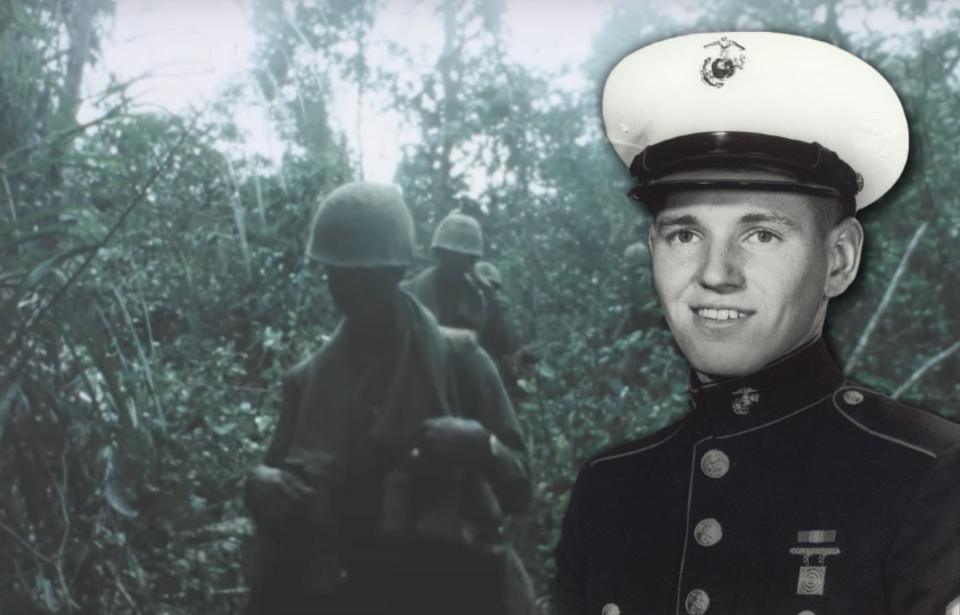There are few service members who have been awarded the Medal of Honor, and even fewer who have done so as a photographer. In fact, there is only one person: William T. Perkins Jr. The 20-year-old New York native was serving in the US Marine Corps during the Vietnam War when he sacrificed his life for his comrades, showing heroism indicative of the US Armed Forces.
Joining the Marine Corps
William T. Perkins Jr. enlisted in the Marine Corps Reserve on April 27, 1966, and after being discharged joined the regular Marine Corps. After completing recruit training with the 2nd Recruit Training Battalion, Marine Corps Recruit Depot, San Diego in September 1966, he was promoted to private first class.
Perkins initially served as a still picture photographer before attending the Motion Picture Photography, US Army Signal Center and School, after which he became a motion picture combat photographer. From October 1966 to January 1967, he served as a photographer with Headquarters Battalion, Marine Corps Supply Center, Barstow, California. During this time, he was promoted to Lance Corporal.
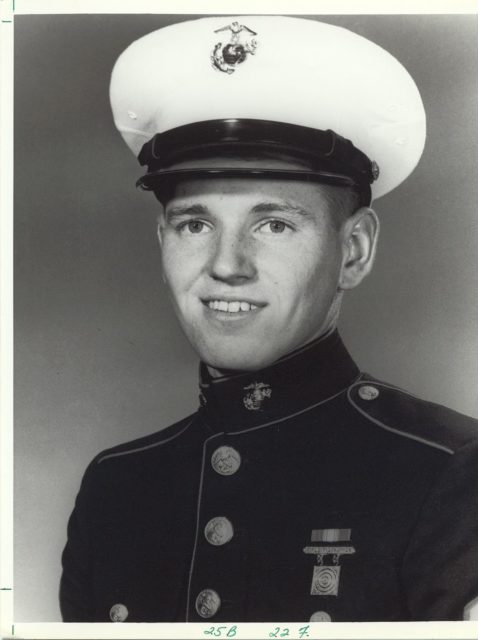
While he enjoyed his job, Perkins wanted to capture footage in the field. He requested a transfer, and in July 1967 was sent to the Republic of Vietnam with Service Company, Headquarters Battalion, 3rd Marine Division. Not long after his arrival, he was promoted to the rank of Corporal.
Perkins largely shot his footage on 16MM film but was known to use his Marine-issue recorder and his personal 33MM camera. Each week, he’d mail back rolls of film to his family, so they could see what he was experiencing overseas. Amongst the images he captured was Vietnamese children, military vehicles, the landscape, and fellow soldiers.
Operation Medina: the beginning
Operation Medina was a military search and destroy mission that occurred from October 11 to 20, 1967. Its objective was to “find and destroy North Vietnamese Army (NVA) bases in the Hải Lăng National Forest,” as the area was home to the NVA’s Base Area 101 and supported its 5th and 6th Regiments.
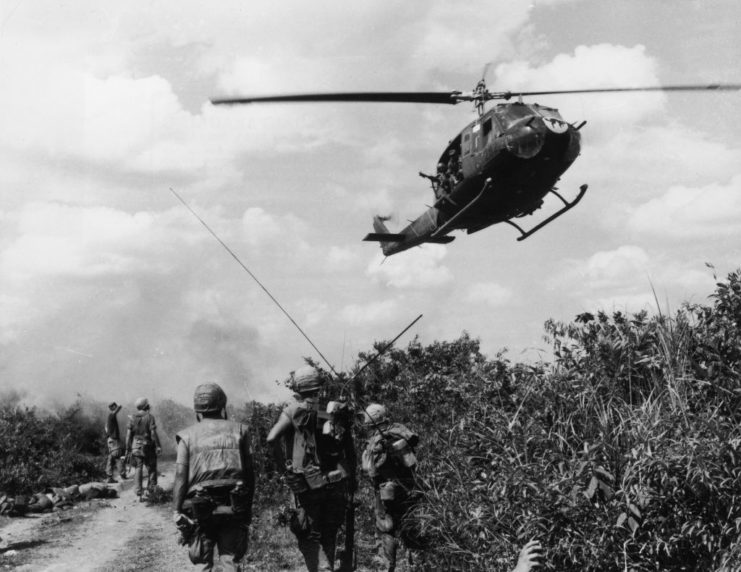
The operation began with a helicopter assault by the 1st Battalion, 1st Marines, and the 2nd Battalion, 1st Marines directly into Landing Zone Dove. While those units swept across the northeast section of the forest, the 1st Battalion, 2nd Marines served as a backing force. For the mission, Perkins was assigned to Company C, 1st Battalion, 1st Marines.
Two days into the operation, the NVA ambushed the Marines. Many were wounded, and Medevac helicopters were called in to rescue the injured. For this to be done safely, Company C fell back and formed a perimeter. Despite the hail of bullets and the NVA launching grenades, Perkins continued to man his camera.
Unfortunately for the Marines, their location was given away. Three NVA companies quickly swarmed the area and launched grenades at those still remaining. The offensive continued into the night, during which Perkins found refuge along the perimeter with three others.
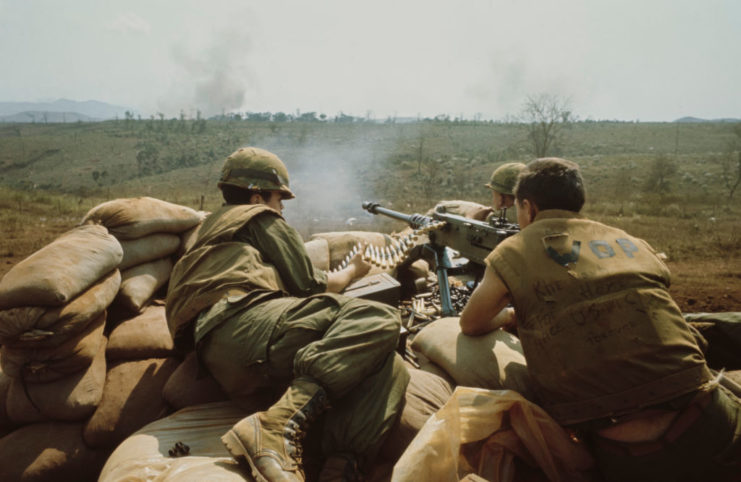
Through it all, Perkins kept filming, and it was because of this that he noticed an incoming grenade. After yelling “INCOMING GRENADE,” he dove atop the explosive, kicking a fellow Marine out of the way. It then exploded, killing the young photographer.
Operation Medina: the end
The fighting in Hải Lăng National Forest continued to wage on, and before long Company D was sent in to offer support to Company C. Together, they succeeded in fending off the NVA’s attack. The next morning, the Marines claimed 40 NVA members were dead, with their own casualties totaling eight dead and 39 wounded.
The Marines continued their push through the forest. They were met with little-to-no resistance along the way, as the NVA camps had since evacuated. To the north, the 2nd Battalions of the Republic of Vietnam Airborne Division had mounted Operation Lam Son 138, and on the morning of October 20 engaged the NVA 416th Battalion, part of the 5th Regiment. It’s claimed 197 NVA troops were killed during the assault.
October 20 also saw the conclusion of Operation Medina. While the NVA weren’t driven out of the forest completely, their operations were disrupted. Following the end of the mission, the 1st Marines remained in the area to launch Operation Osceola, with limited results.
Awarded the Medal of Honor
For his actions during Operation Medina, William T. Perkins Jr. was posthumously awarded the Medal of Honor by President Richard Nixon. His parents received the award on his behalf, and at the ceremony shared the images he’d sent them while in Vietnam.
The citation on Perkins’ award shares how heroic his actions were on the front: “Through his exceptional courage and inspiring valor in the face of certain death, Corporal Perkins reflected great credit upon himself and the Marine Corps and upheld the highest traditions of the United States Naval Service. He gallantly gave his life for his country.”
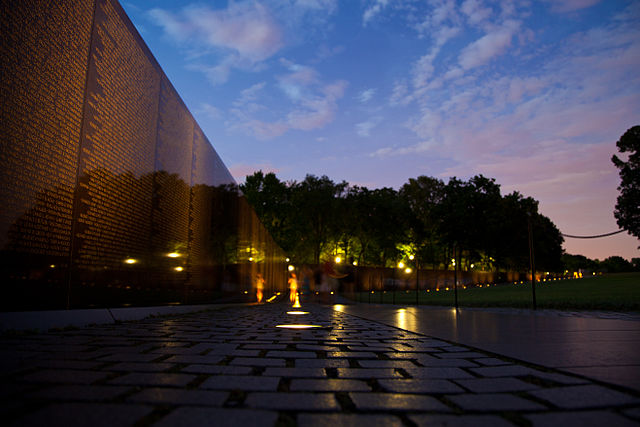
Perkins’ other commendations include the Purple Heart, the Vietnam Service Medal with one bronze star, the Presidential Unit Citation, the Vietnam Gallantry Cross with palm, the Vietnam Military Merit Medal, the National Defense Service Medal, and the Republic of Vietnam Campaign Medal.
